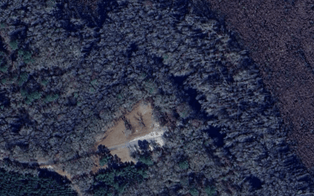Scientists attached cameras to the polar bears to monitor their habits.
A new study suggests polar bears will starve as a result of climate change.
As part of the study, cameras were attached to the heads of polar bears in the Arctic to monitor their energy expenditure, foraging success and behaviors on the sea ice.
Researchers found that because of melting sea ice, more polar bears will soon starve because of the energy it takes them to hunt.
The bears rely on a diet of seals. When a seal surfaces to breathe, the bear stands on its hind legs and smacks it on the head with both of its front paws to stun it, according to National Geographic.
“They're an ambush predator so typically they locate an area where they expect the seal to be in the area using a breathing hole,” Anthony Pagano, Research Wildlife Biologist, U.S. Geological Survey, said. “They’ll stay in that same area and wait for a seal to come up to breathe.”
When the sea ice melts, polar bears have to exert more energy to search for seals. Polar bears already burn through around 12,335 calories a day, despite sitting most of the time.
“Polar bears spend a lot of time resting,” Pagano said. “They're a large carnivore and they have a pretty high energy demand and they're a sit-and-wait predator.”
The more they have to travel, the more weight and muscle they lose, which hurts their hunting effectiveness.
Climate change is affecting the Arctic faster than anywhere else, and sea ice is shrinking 14 percent per decade, reports said.





